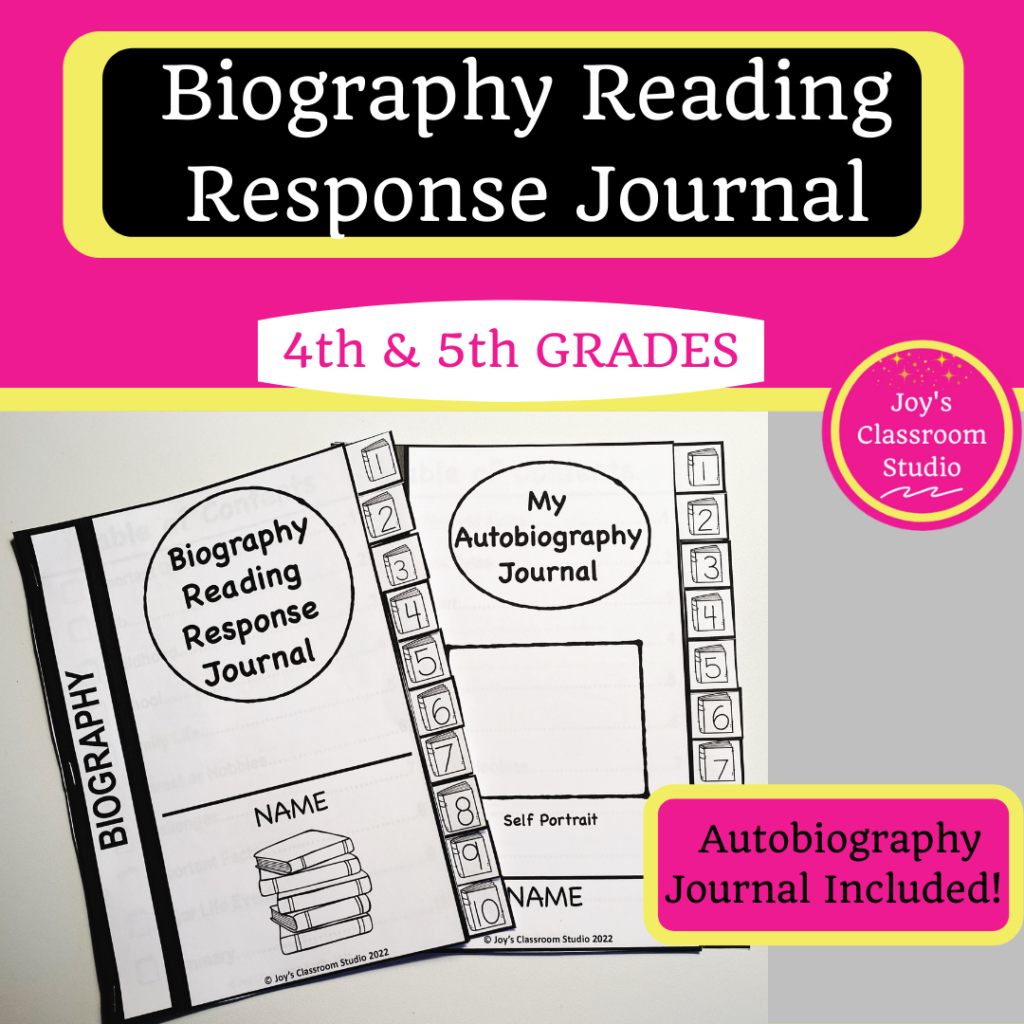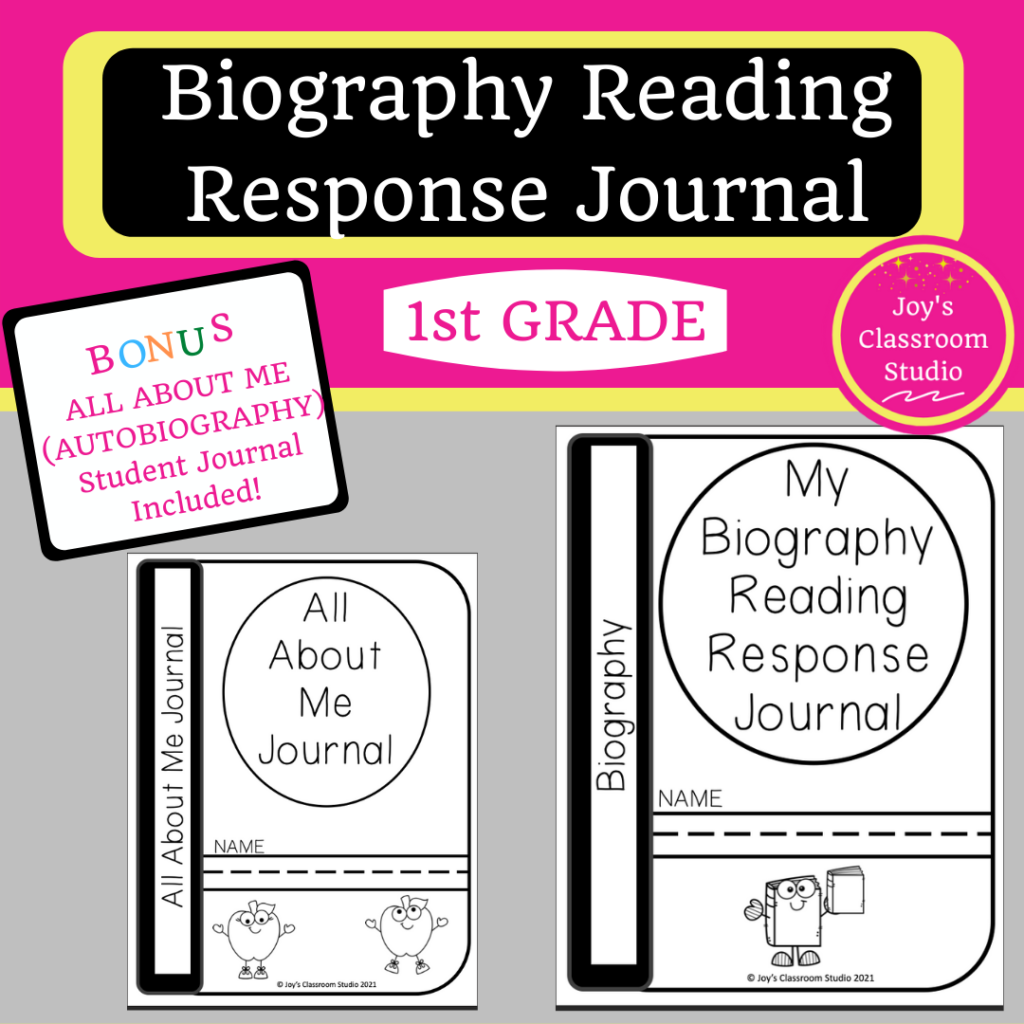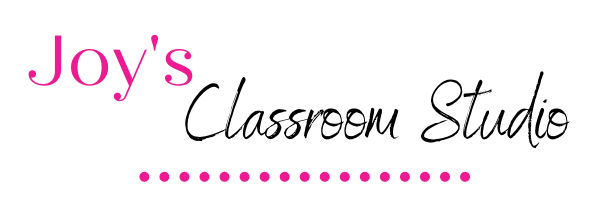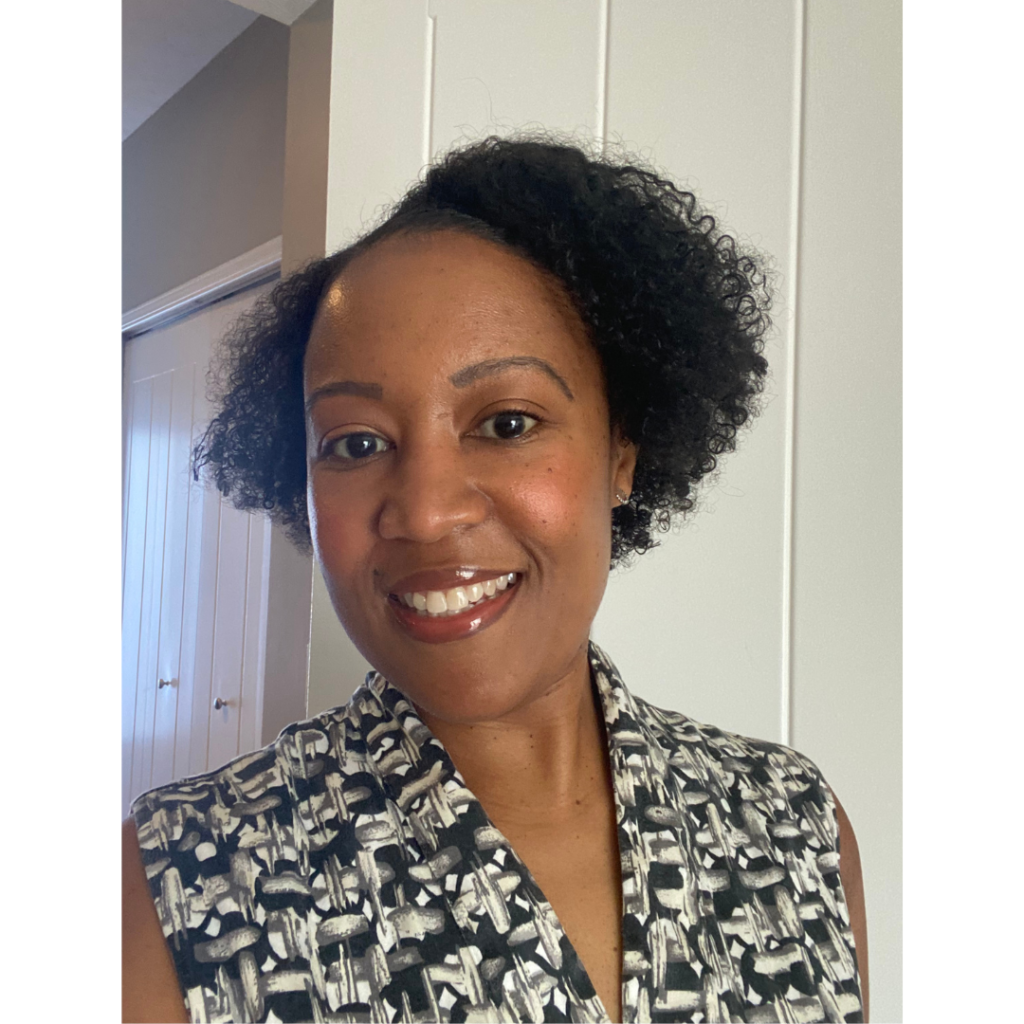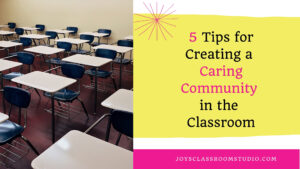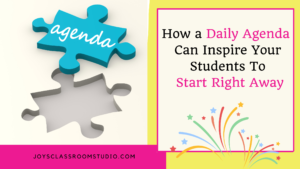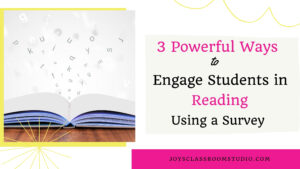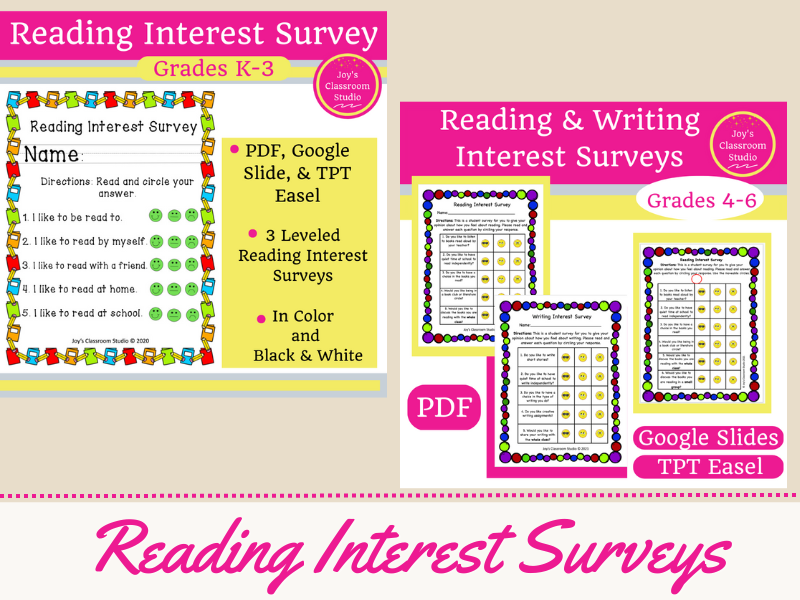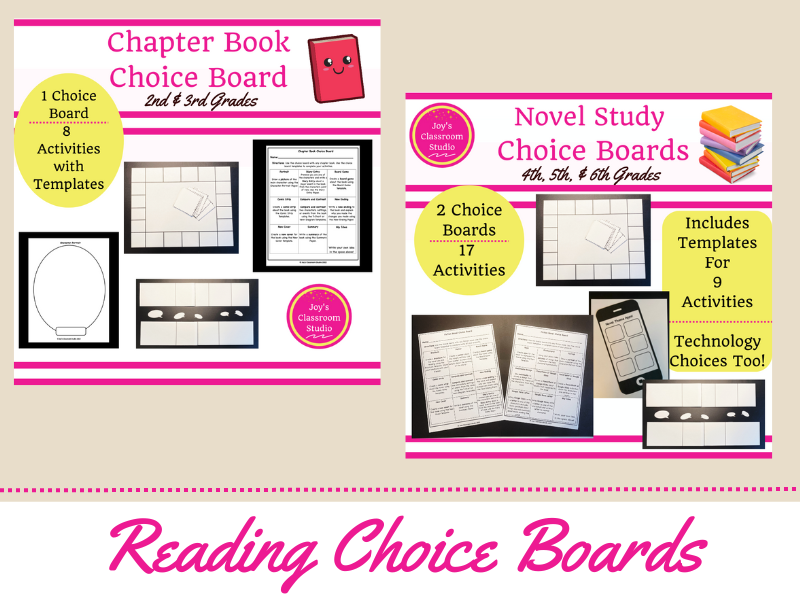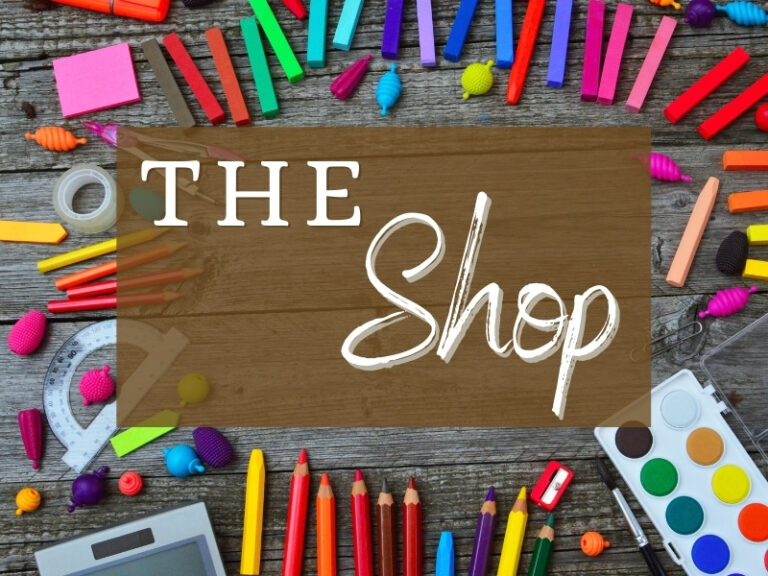
More Women’s History Month Book Collection For Upper Elementary
Introduction: Celebrating Women’s History Month
Last week I posted Part I of this mini-series blog post about Women’s History Month. I talked about ideas to use for Women’s History Month classroom activities for upper elementary students. As well as I discussed a couple of books. Teachers can do book talks with their classes to introduce some notable women to their students. You can click here to read Part I of the Women’s History Month Book Collection For Upper Elementary.
Women’s History Month
Maybe you are asking yourself, what is Women’s History Month all about? Women’s History Month was first started as Women’s History Week in March 1978. It was started to increase awareness of women’s contributions to society. March was chosen because of International Women’s Day on March 8th. In 1980, the week of March 8th was declared National Women’s History Week. It became known as Women’s History Month in 1987.
Women’s History Month In The Classroom
Women’s History Month is a time to recognize women’s contributions and achievements to our society. In the classroom, we teachers can introduce our students to notable women and the great things they have done. When Women’s History Month comes around here are some ideas you can do in your classroom. (1) Have a diverse group of women come into your classroom. Or you can use video conferencing to speak about their careers to your class. (2) Choose reading materials by women authors for your students to read. Or (3) Do book talks about influential women throughout the month.
In my classroom this year, one way I’m celebrating Women’s History Month with my students is by doing book talks. Book talks about women that span many generations. From women who they can only read about in books. To women, students may see making history currently in the news or online. In this blog post, I focus on women who were born in the late 1999s and the early 2000s.
Amanda Gorman

Amanda’s Childhood
Amanda Gorman by Maria Isabel Sanchez Vegara in the Little People, Big Dreams book series details Amanda’s life. She was born on March 7, 1998, and grew up in Los Angeles with her mom and sisters. The book begins by talking about when Amanda was younger. Amanda loved to read and read everything she could even if she couldn’t pronounce it. Students may relate to how Amanda had to overcome. Her challenge was with having a speech impediment by receiving speech therapy at an early age.
Amanda’s love for poetry began when she first hears her teaching reading it. Shortly after she decides she wants to be a poet. For Amanda, it wasn’t until high school that she really saw books with people who looked like her. She was inspired after she discover a book by Toni Morrison.
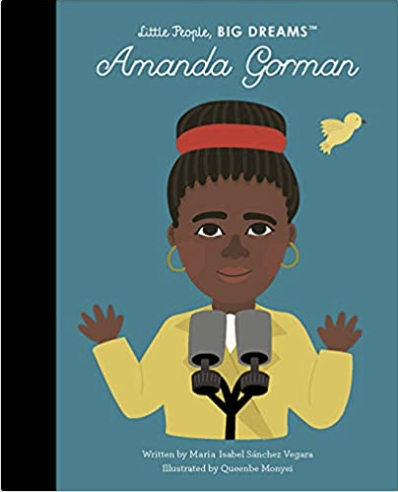
Amanda’s Early Adulthood
The book goes on to talk about the great achievements Amanda made in her life. Like earning a scholarship to Harvard where she majored in sociology. How in 2014 she was named America’s First Youth Poet Laureate. In 2017 she was the first-ever National Youth Poet Laureate. And that she read and performed “In This Place: An American Lyric” at the Library of Congress. We mostly know Amanda for reciting her poem on January 20, 2021, at President Biden’s swearing-in ceremony. She recited her poem “The Hill We Climb” about her hope for a brighter future for America. She was the youngest ever inaugural poet at the age of 22.
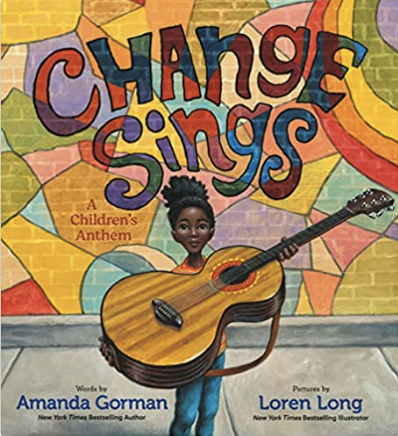
Amanda’s Books
Amanda Gorman by Maria Isabel Sanchez Vegara (Little People, Big Dreams book series) is good for children of all ages. The second text, Amanda Gorman: Poet & Activist by Grace Hansen has beautiful color photos of Amanda’a life as a poet. It has less text than Amanda Gorman by Maria Isabel Sanchez Vega but it is just as powerful! I appreciate that the book has a timeline of her life and achievements. It also has a glossary in the back for students to read the definition of words used in the text. I think both books pair nicely and go well together when introducing them to your classroom. Don’t forget to mention to students the actual poetry books Amanda has written herself. They are Change Sings (A Children’s Anthem) and The Hill We Climb (An Inguarual Poem for the Country). Both are great additions to have in the classroom!
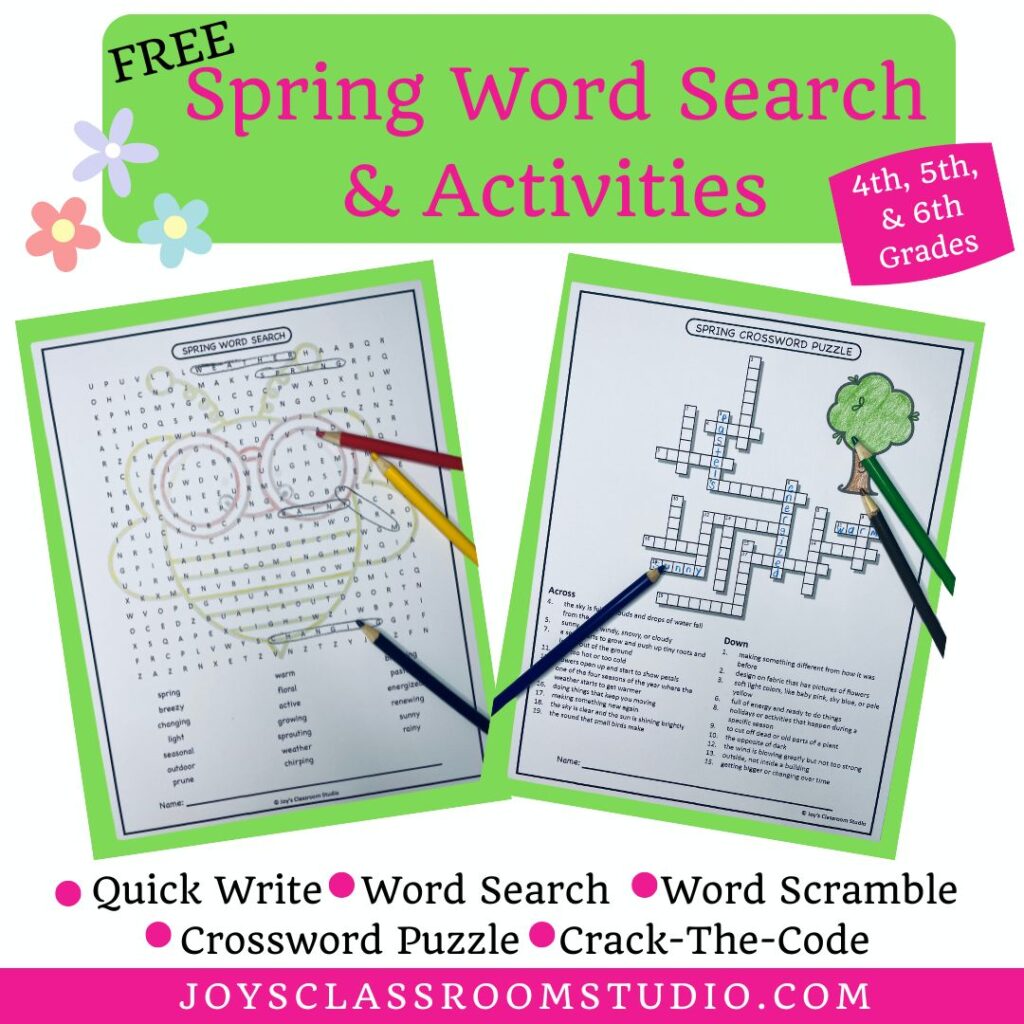
Laurie Hernandez
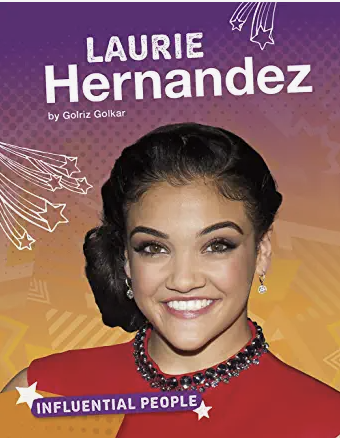
Laurie Hernandez was just 16 years old when she was in the 2016 Olympic Games. She won a silver medal for the balance beam. She was one of the youngest members of the U.S. women’s team.
Influential People: Laurie Hernandez by Golriz Golkar, talks about Laurie’s life as a gymnast. Laurie was born in New Jersey in 2000. From a young age, she wanted to be a gymnast. Her parents enrolled her in gymnastics classes and shortly after she joined a team.
Students will enjoy hearing about how Laurie worked hard to meet her goals. How she wanted to become a top gymnast and an Olympian. So she competed at meets and improved her scores. At age 9 she began Olympic training. In 2014 she injured her wrist and knee which forced her to stop training for a year. However, that did not stop her from reaching her goal. In 2016 she was old enough for the Olympic Trials. Students can learn how hard work pays off. Laurie trained six days a week to be the best!
The text goes on to tell about how after the Olympics Laurie visited schools. She did this to encourage and read books to kids. She even wrote her own book, a memoir titled I Got This. The title was a phrase she said often to herself before she competed. She even danced on “Dancing with the Stars”. And she was featured in commercials where she was proud to talk about her Hispanic Heritage.
Sydney McLaughlin

Lerner Sports Collection: Meet Sydney McLaughlin by Margaret J. Goldstein introduces students to Sydney McLaughlin who was one of the youngest members of the 2016 US Olympic Track Team. She made it to the semifinals and when the Olympics ended, she went home to finish high school! Her event was the 400-meter hurdles.
Sydney was born on August 7, 1999. Her parents were runners and her siblings were as well. She started running at the age of six in the AAU (Amateur Athletic Union). The book continues to talk about how Sydney not only excelled in track but other sports too! She did well in basketball, soccer, dance, and even juggling. Sydney continued running and broke many school and state records. She won every high school hurdle event she entered! Her parents knew early on that she had a special talent!
I definitely recommend students read this book during Women’s History Month. While doing so they can discover all the honors and awards she received as an athlete. After a brief moment at the University of Kentucky, Sydney decided to become a Pro runner. She signed a deal with New Balance. In 2018 she moved to Los Angeles to train with Coach Joanna Hayes. She did this to get help in achieving her goal of returning to the Olympics. However, the COVID-19 pandemic slowed down her plans. But with the return of the Olympics in 2021 and with her new coach Bob Kersee. She was able to return to the Olympics bringing home the gold!
Conclusion
When Women’s History Month comes around, be sure to celebrate women in a variety of ways. All students need to have the opportunity to be inspired by a variety of women and their contributions to society. Upper elementary students may benefit from studying women born in the late 1999s and 2000s. Students may be able to identify with them even more than women from past generations. They may recognize some of their struggles as some of the same challenges they are facing today. Students may be encouraged by their hard work and determination. They can use that as a source of inspiration in their life. My Biography Reading Response Journal helps students document key information about the people they are studying. Check out the products below with links to my TPT store.
